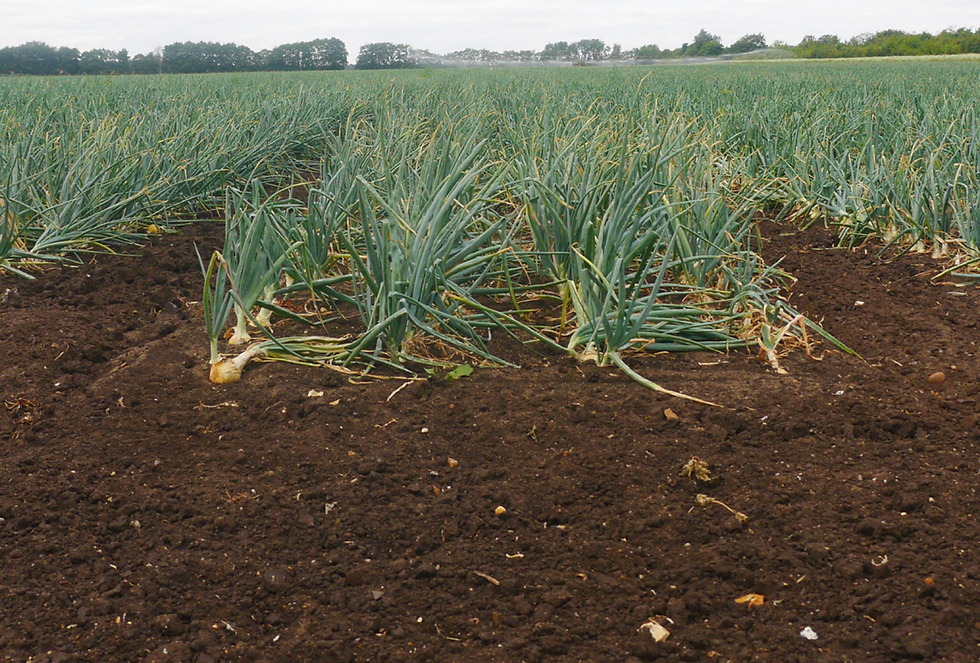Integration of water buffalo into Paludiculture
- Jo Bellett

- Jul 7, 2023
- 2 min read
Text translated from WE! – Plant³: Buffalo farming - Faculty - University of Greifswald (uni-greifswald.de)
European researchers have found that when drained fens are largely rewetted, as part of climate protection measures, the lower quality, biomass from wet peatlands can no longer be used economically for meat production with cattle, after rewetting. Only through paludiculture with water buffaloes can meat production be maintained on these areas.

In cooperation with the project partner University of Rostock, a project investigated abiotic and biotic effects of buffalo farming on wet fens and quantifies associated ecosystem services. These serve as the basis for the creation of a certificate, which is required for the sustainable marketing of products from paludiculture, e.g. buffalo meat, but also for the certification of other products from wet peatland use.
Background about Chippenham Fen
- taken from their website Chippenham Fen – Chippenham Parish Council (chippenhamcambs.info)
Chippenham Fen, in the UK, has many wetland habitats within its 112 hectares. In 2001, a grazing trial started using water buffalo. Unlike the typical Cambridgeshire fens which are on flat land below sea level, Chippenham Fen is twelve metres above sea-level and surrounded by higher farmland. It contains substantial areas of spring-fed calcareous species-rich fen, and more nutrient rich tall fen, as well as a range of unimproved wet meadows, saw sedge beds, small areas of chalk grassland, scrub and wet woodland.
Below the shallow peat soils, natural chalk springs continually up well into the fen, helping to keep it wet. Water levels have to be carefully monitored and a network of dykes (ditches) is carefully managed to make sure that each habitat has just the right amount of water it needs. There are several dams in the dykes, which are used to hold water levels high but can be altered to release excess water in flood conditions.
The term ‘mixed fen’ refers to several parts of Chippenham Fen, which contain various amounts of reed, grasses, sedges and rushes together with many wild flowers, including bogbean, bog pimpernel and marsh fragrant orchids. In order to keep the fen open Natural England mow and remove the cuttings once every year or two.




Comments